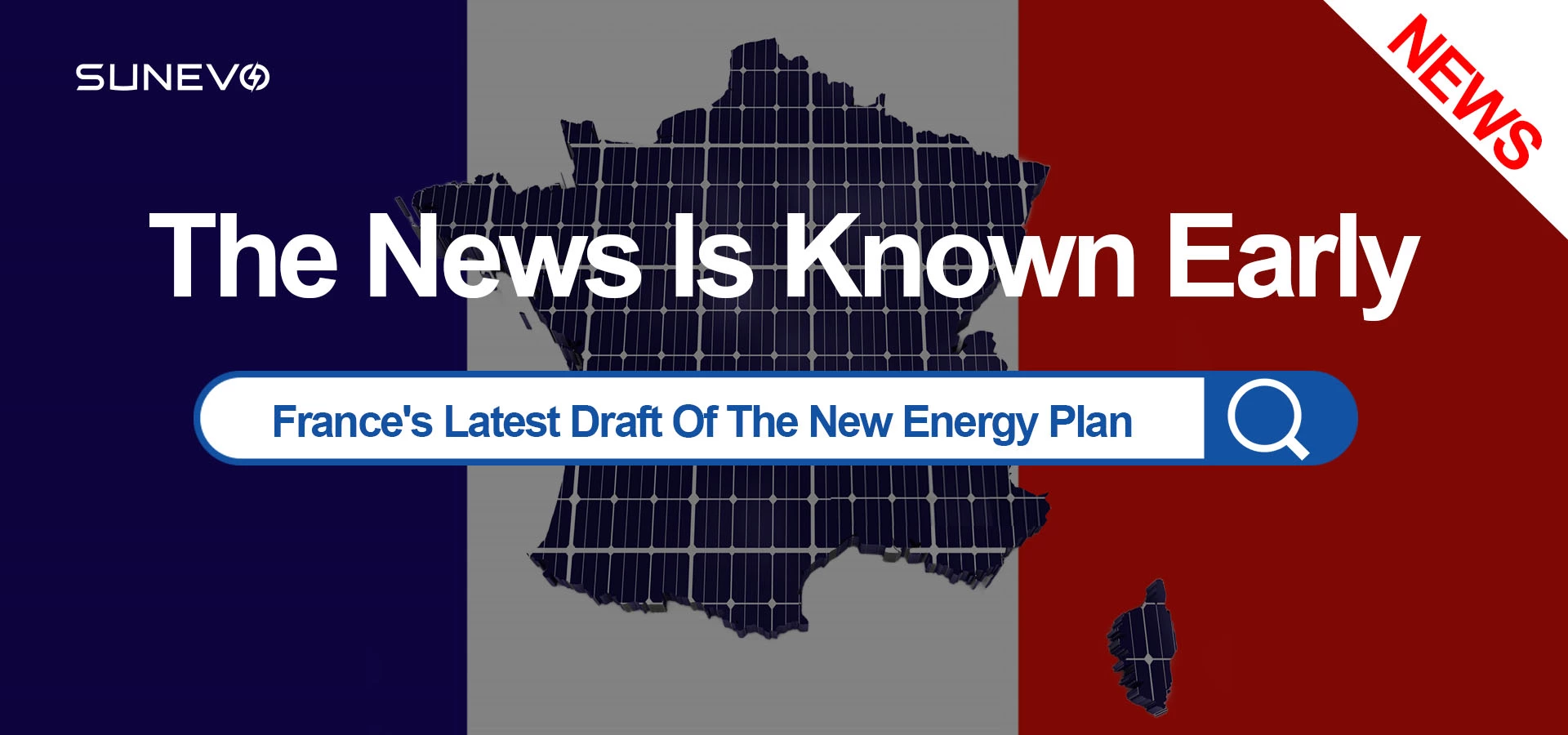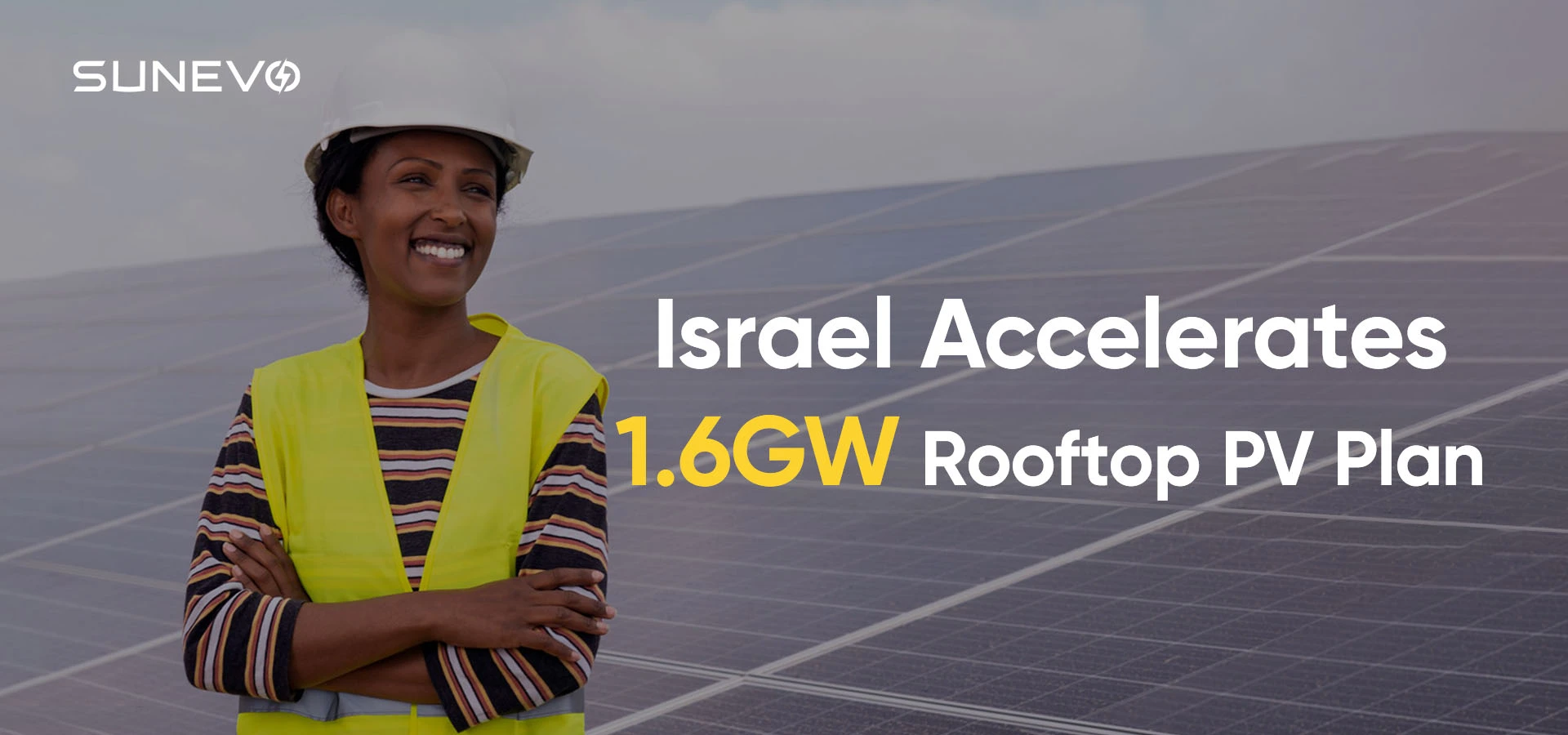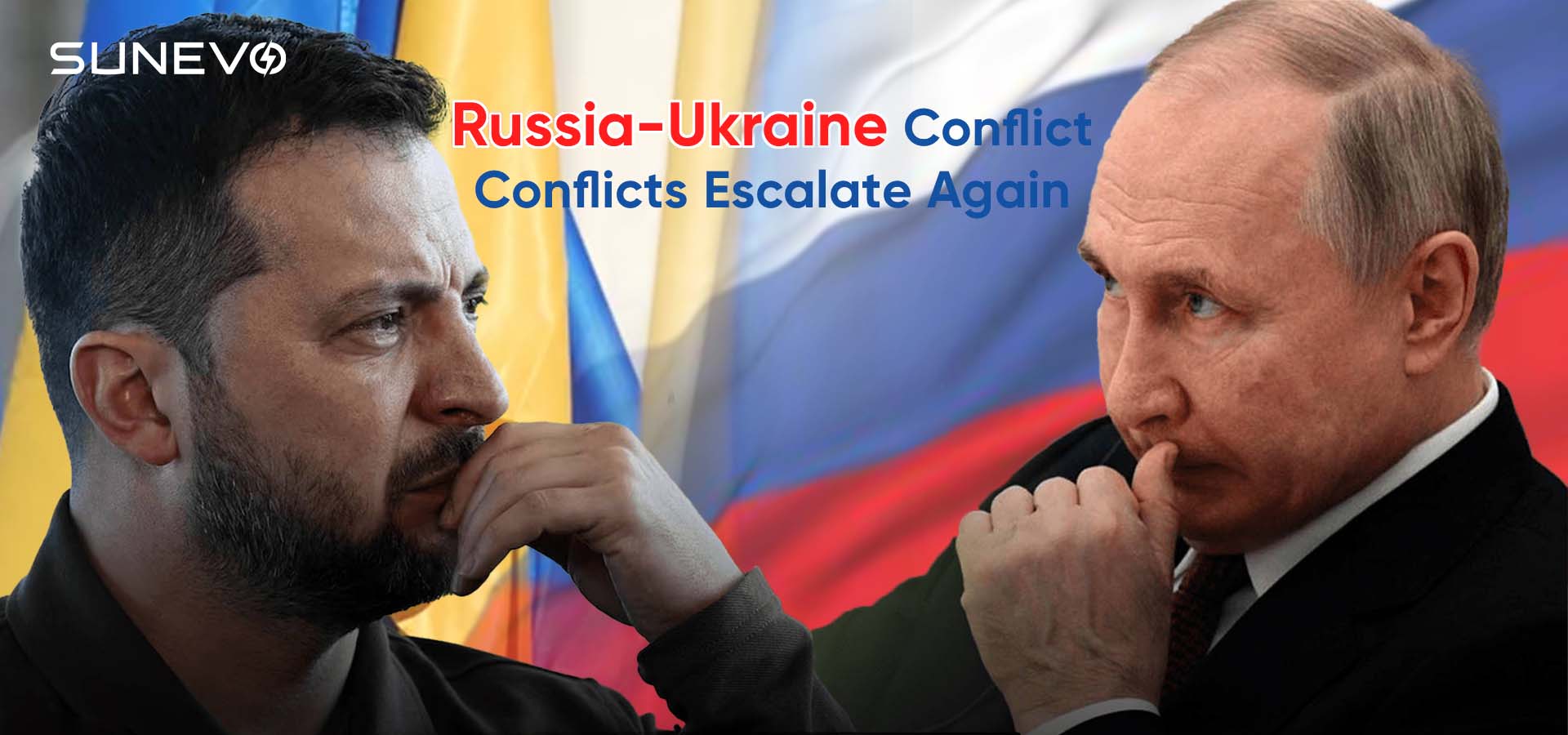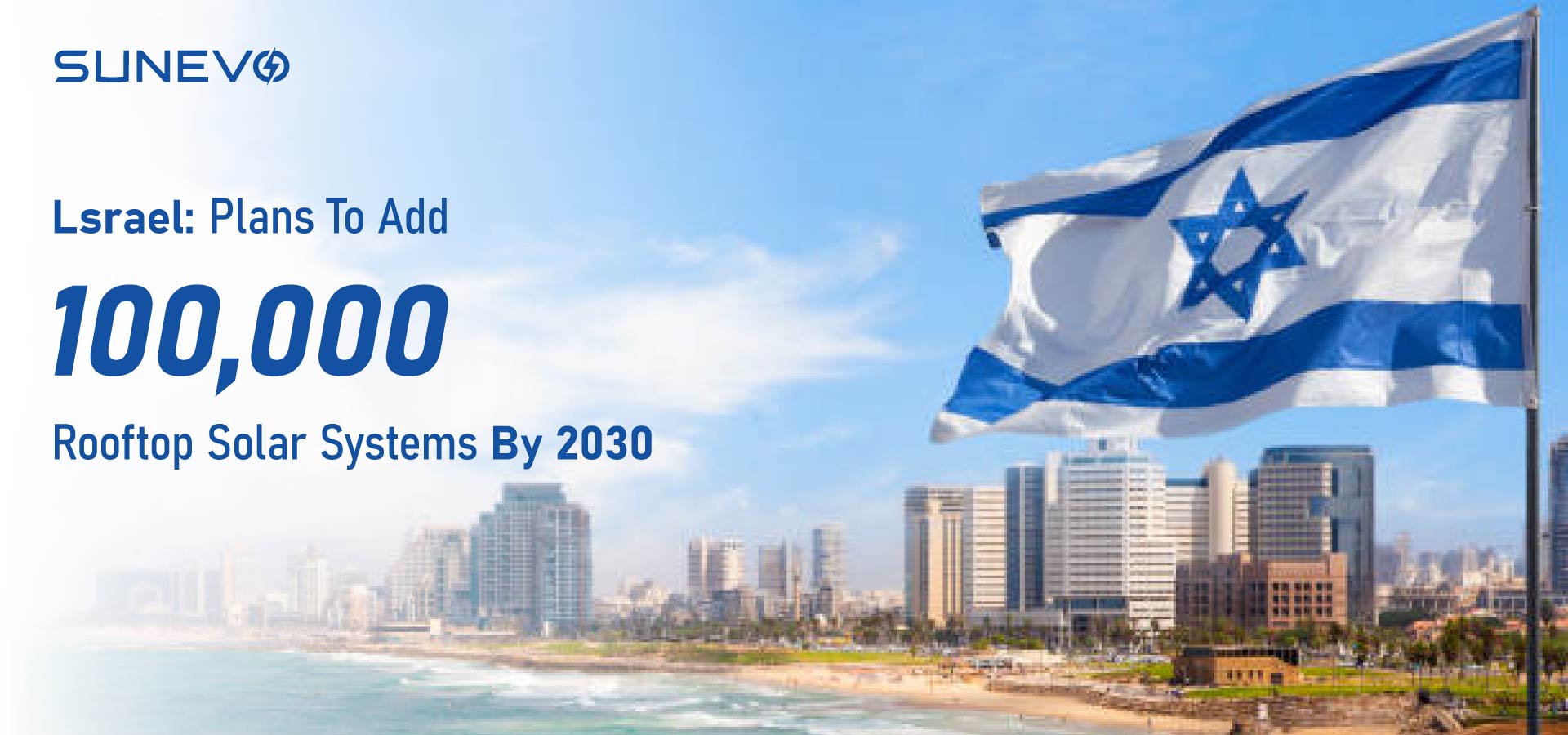 Solar Installed Capacity New Breakthrough In the US
Solar Installed Capacity New Breakthrough In the US
Mar 06, 2025
Recently, the U.S. Department of Energy's Energy Information Administration (EIA) predicted that by 2025, utility-scale solar capacity will reach 32.5GW, energy storage capacity will be slightly more than 18GW, wind power is expected to increase by 7.7GW, and fossil natural gas capacity will increase by 4.4GW. The agency's latest preliminary monthly generator inventory report (EIA-860M) shows that the total new capacity in 2025 will reach about 63 GW, the highest annual installation in the United States. In contrast, according to EIA data, 48.6GW of utility-scale capacity was deployed in 2024, the highest total since 2002, when about 60GW of new capacity was connected to the grid. Solar energy will account for 51.5% of all new installed capacity by 2025. Texas will lead the installation with 11.6GW of new solar installed capacity, accounting for nearly 36% of all new solar installed capacity. California is next with 2.9GW, while five other states (Indiana, Arizona, Michigan, Florida, and New York) are all expected to deploy more than 1GW of capacity. Energy storage capacity is expected to grow significantly, with 18.2GW added. While the report does not provide details on storage duration, the two largest battery markets (California and Texas) typically deploy systems with four hours and two and a half hours of storage capacity, respectively. Texas is expected to add 6.7GW of energy storage, followed by California at 4.3GW and Arizona at 3.6GW. These three states will account for more than 80% of all new battery storage capacity. The two largest battery projects planned for 2025 have a capacity of 500MW each. One, located in Kern County, California, will be co-located with a 500MW solar farm, the largest plant planned this year. The second project, located in Wharton, Texas, will be paired with a 451.6MW solar facility, the second largest solar plant planned for 2025. Data from the EIA’s Short-Term Energy Outlook shows that small-scale solar (residential, commercial, and industrial) will add 7 GW of capacity, bringing total distributed PV to 60.6 GW by the end of 2025. Combined with 32.5 GW of utility-scale capacity (42 GW dc), total solar module deployment this year could approach 50 GW. The EIA initially projected that the U.S. would deploy more than 50 GW of solar capacity in 2024, and the agency’s November capacity report estimate remained unchanged. However, the latest data indicates that the EIA has lowered its 2024 capacity estimate by about 7 GW. This revision coincides with an expected surge in deployment in January 2025. Meanwhile, the U.S. solar capacity is expected to reach nearly 50 GW in 2025.
View More
 France's Latest Draft of The New Energy Plan
France's Latest Draft of The New Energy Plan
 Israel: Relaxing regulatory policies to accelerate the 1.6GW rooftop PV plan
Israel: Relaxing regulatory policies to accelerate the 1.6GW rooftop PV plan
 Latest! Top Ten Trends in Distributed Photovoltaic
Latest! Top Ten Trends in Distributed Photovoltaic
 Solar Installed Capacity New Breakthrough In the US
Solar Installed Capacity New Breakthrough In the US
 Russia-Ukraine Conflict Conflicts Escalate Again
Russia-Ukraine Conflict Conflicts Escalate Again
 Israel: Plans To Add 100000 Rooftop Solar Systems By 2030
Israel: Plans To Add 100000 Rooftop Solar Systems By 2030
 Italy: 6.79GW Of New Photovoltaic Installations In 2024
Italy: 6.79GW Of New Photovoltaic Installations In 2024
 KLM Calls for Stronger EU e-SAF Policies to Boost Sustainable Aviation Fuel Adoption
KLM Calls for Stronger EU e-SAF Policies to Boost Sustainable Aviation Fuel Adoption
 Construction Of A Photovoltaic Module Steel Frame Factory In The United States
Construction Of A Photovoltaic Module Steel Frame Factory In The United States
 Spain's New Photovoltaic Installations Have Declined For Two Consecutive Years!
Spain's New Photovoltaic Installations Have Declined For Two Consecutive Years!